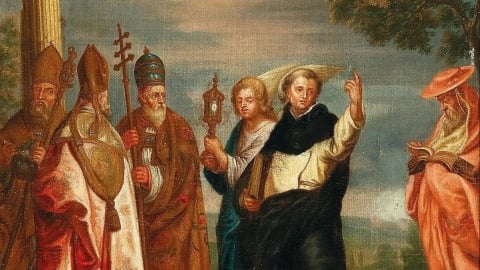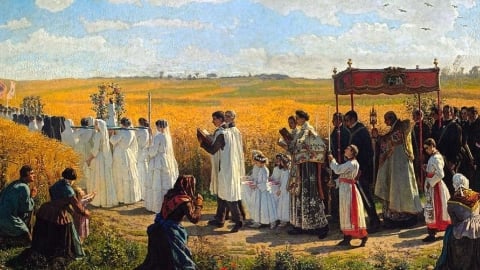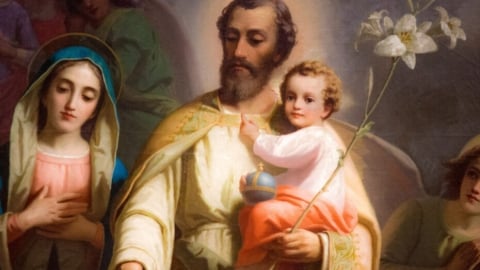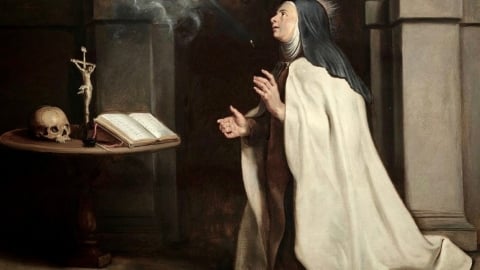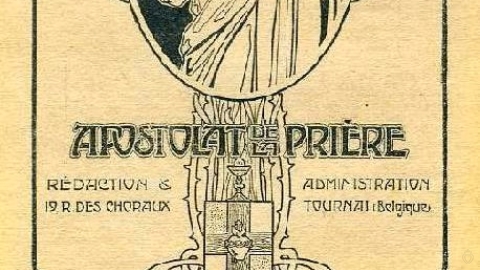Eucharistic Crusade

Introduction to the Eucharistic Crusade
What is the Eucharistic Crusade?
The Eucharistic Crusade is a religious movement set up under St. Pius X, the Pope who allowed the early communion of children. By 1940, it comprised more than 3 million members throughout the world. It has been revived by the Society of St. Pius X for the sake of traditional children, to do exactly what the children did in the time of St. Pius X for God’s Church and for their country.
What is the motto of the Eucharistic Crusade?
Prayer, Communion, Sacrifice, Apostolate
What is the rule of the Crusade?
- The Crusader is the elite solider of Our Lord Jesus Christ, and he defends the banner of Our Lady.
- The Crusader was made to praise, honor and serve God, and thus save his soul.
- Above all else, the Crusader must convert his heart to God.
- The Crusader, by his prayers, his sacrifices and his apostolate, undertakes with the grace of Our Lord Jesus Christ, to save his soul and the soul of his brethren.
- The Crusader must have a great love for the Church, the Truth, the holy virtue of Purity and his daily duties of state.
- The Crusader maintains in his heart a genuine spirit of Prayer, of Poverty and of Penance.
- The Crusader refuses the broad way and follows rather the Royal Way of the Cross.
- The Crusader flees the spirit of the world and the occasion of sin.
- The Crusader does not permit in his presence either blasphemy or impurity, cruelty or vandalism; he respects and does not misuse God’s creation.
- The Crusader is meek in order to lead souls to God, strong in order to overcome himself, humble, generous and loyal. He is everywhere polite, pleasant, fervent and faithful.
What are the goals of the Eucharistic Crusade?
There are two sets of goals : internal and external.
- Its internal aim was to promote the religious fervor of the children and young teenagers by giving them set goals, promises to fulfill and the daily examination of conscience under the form of the ‘treasure chart’.
- The external goal is the apostolate and salvation of the friends and family members of the Crusaders. The Crusaders have the obligation to do everything they can to encourage their friends and win them over to follows a Christian godly life. They offer their spiritual treasures for them as well as for the intentions of the Church and of society, which vary monthly as indicated in the treasure chart. These different intentions are those upon which the Crusader must concentrate during the month.
What is the treasure chart?
The Treasure chart is a spread sheet which reckons the sum total of the Crusader’s victories for the day: sacrifices, good examples, communions, decades, etc. This sheet is the same which is sent to every Crusade member throughout the Traditional world for a particular intention given by the Superior General of the Society of St. Pius X.
What are the promises of the different Crusade members?
The Page promises:
- to make the offering of self, as well has the daily morning offering
- to say the evening prayers and fill in the Treasure Chart each evening.
The Crusader promises:
- to recite daily two decades of the Rosary.
- to receive Holy Communion each Sunday if possible.
- to make one daily sacrifice.
- to fight against his dominant fault.
- to go to Confession once a month.
The knight or handmaid promises:
- to say the Rosary daily.
- to make a daily spiritual Communion or visit the Blessed Sacrament if possible.
- to practice a 15 minute meditation daily.
- to go to Confession every fortnight.
What must I do if I wish to combat for Christ the King?
It is very simple! You only need to subscribe to the monthly bulletin ‘The Crusader’ which gives the intention of the month and a few articles encouraging the children’s fervor according to the spirit of the Crusade.
Then, you need to fill out the Treasure sheet and fulfill the promises corresponding to your level. After a few months of probation, you need to contact your traditional parish priest who will enroll you formally as a Page, Crusader, Knight or Handmaid.
